-
Industries & Applications
-
Products
-
Support
- Request a Demo
-
What's New
- Company
- Contact
- +1-774-399-0461
Molten Steel Handling and Casting Temperature Measurement
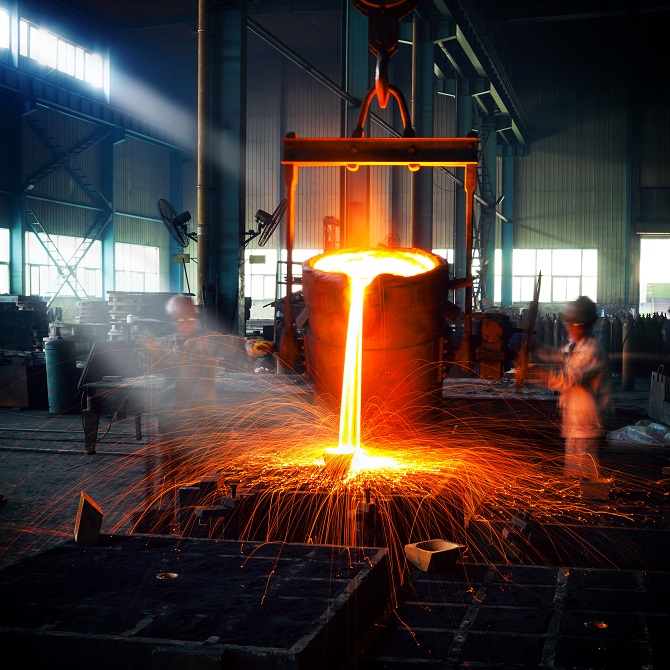
Depending on mill size and purpose, a steel mill may carry out all steps of steelmaking from smelting iron ore to rolled product. Or it may melt semi-finished casting products such as blooms, ingots, slabs and billets, made from molten pig iron or scrap.
There are two types of steel mills, integrated and mini. Integrated plants usually make large structural sections, such as heavy plate, strip, wire rod, railway rails, and occasionally long products such as bars and pipe. A mini-mill is traditionally a secondary steel producer, with most of the iron it uses coming from recycled scrap steel.
Temperature measurement and control throughout the steel production process helps improve worker safety, protects equipment, and maintains product quality.
Molten Pouring Streams
Molten pouring streams are found in several locations within the steel plant. Arc and blast furnaces melt iron ore producing molten streams which fill ladles and torpedo cars that move the liquid steel to tundishes which are filled by molten pouring streams from the transport vessels. The liquid metal needs to be consistently monitored to ensure it remains at an ideal temperature. If it does not, the liquid metal may cool too quickly, causing damage to equipment and creating a defective end product.
Thermal imaging cameras and infrared (IR) temperature sensors from Process Sensors Corporation (PSC) are routinely used for monitoring molten steel.
Prevention of Ladle and Torpedo Car Breakouts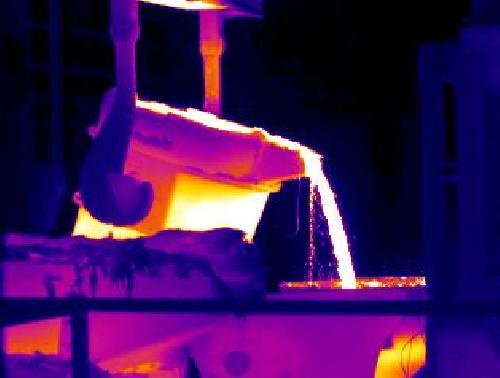
Ladles and torpedo cars are a critical component of the steel production process used to transport molten metal from the arc or blast furnace to another location within the plant for further processing.
The refractory lining of these vessels is susceptible to damage over time due to high molten steel temperatures. Ladle and torpedo car shells require routine temperature and hotspot monitoring to identify the risk of a breakout.
The Surveyor thermal imaging camera series from Process Sensors Corporation allows for precise detection of defects or depletions in the refractory lining across a large camera viewing area. With a Surveyor thermal imaging camera, a profile of the entire shell can be generated to automatically detect hotspots before a breakout can occur, protecting the safety of workers and preventing facility damage. Multiple thermal imaging cameras can also be used to monitor the integrity of the entire shell to identify defects before they become critical.
For ladle or torpedo car transport that does not follow a fixed path, portable handheld IR thermometers from PSC can be used to detect single spots on the shell or car surface on a routine basis.
Continuous Casting and Spray Chamber
Usually present in integrated steel mills, continuous casting is the process in which molten metal is poured from the ladle into a tundish. A tundish feeds molten metal into a water-cooled vibrating mold where it begins to solidify into billets or slabs. It is then drawn through a die, creating the desired shape. Once shaped, the metal cast enters a spray chamber where water jets spray the metal to cool and harden it.
Before the molten metal cast is cooled with water, it gains a thin layer of cooled skin, strong enough to hold shape but susceptible to a “breakout” if not properly cooled. The cooling rate of the metal must be carefully controlled or it can clog the tundish, cause an expensive molten metal breakout, or adversely affect product quality.
Specially engineered fiber optic 2-color pyrometers from PSC can be used to provide important temperature data to the operators who supervise the cooling rate, preventing any damage, loss of production and downtime.
To learn more about how PSC can optimize your molten steel handling and casting operation, please fill out the contact form below.
Featured Solutions
-
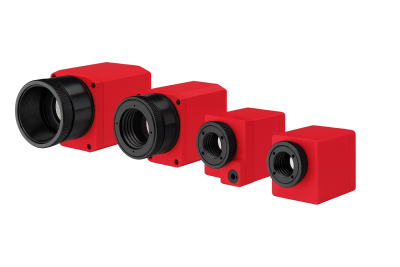
PSC Surveyor Series Thermal Imaging Cameras
The Process Sensors Surveyor camera series offers a comprehensive range of imaging and line scanning camera systems to continuously monitor and control industrial processes. Measures temperatures starting from -20 to 1800°C
-
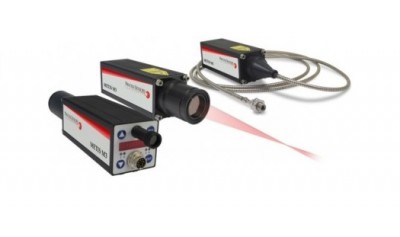
Metis M3 Pyrometer Series
The high-performance Process Sensors Metis M3 Series pyrometers are available in one-color and two-color versions with adjustable focus, through lens, laser, or video sighting optics. Temperature ranges from 50°C to 3300°C. Comes with an on-board temperature menu display. Fiber optics for high temperature ambient conditions are available. Ethernet output is also available.
-
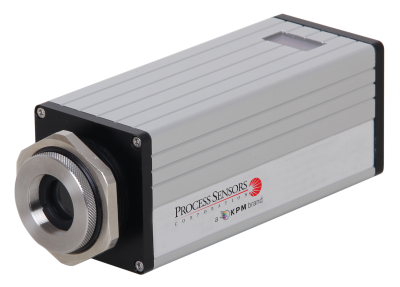
PSC-SR10N & PSC-GR10N Series
A pair of 2-color pyrometer lines with on-board temperature display and push button menu, ideal for industrial and research applications. They operate using three aiming methods (laser, through lens, or video camera sighting) with variable focus optics. The PSC-SR10N series has various temperature ranges from 500 to 3000°C, whereas the PSC-GR10N series has temperature ranges from 300 to 2300°C. The PSC-SR10N line is designed for higher temperature conditions, while the PSC-GR10N series excels in low temperatures. Includes a protective quartz window for optical lens.
-
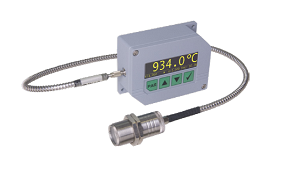
PSC-SRF11N
A 2-color fiber optic pyrometer ideal for industrial applications. Has various temperature ranges from 600 to 3000°C. All parameters are adjustable via push-buttons displayed directly on the device. The fiber optic cable and lens assembly can be used in ambient temperatures up to 250°C without cooling.
-
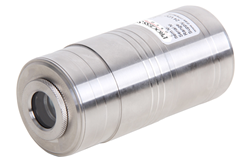
PSC-54 Series
The PSC-54 Series 1 and 2-color versions provide either laser or video output, delivering high resolution fixed focus optics with small spot sizes. Optical and electronics parts are enclosed in a rugged stainless steel housing and companion cooling jackets for use in harsh environments. Offers a wide range of temperatures spanning from 200 to 3200°C
-

PSC-55N Series
A self-contained, 1 and 2-color stainless steel sensor with 4 to 20 mA and RS485 Modbus RTU outputs. On-board temperature menu display with three aiming methods:laser, through lens, or video. Has high-resolution fixed or motorized adjustable focus optics. Temperature ranges from 200 to 3000°C. Reliable endurance for long-lasting, demanding operations in harsh conditions.
-
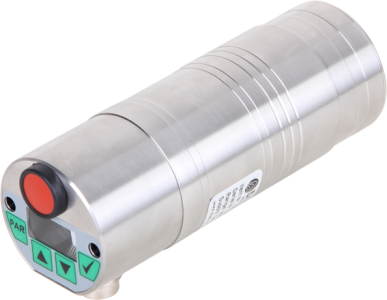
PSC-56 Series
Rich in features, the self-contained two-color model PSC-SR56N and one-color models PSC-G56N/PSC-S56N pyrometers offer a choice of four sighting methods. Has five temperature ranges spanning from 200 to 3200°C with on-board temperature display menu.